Changing out my RV Power Center
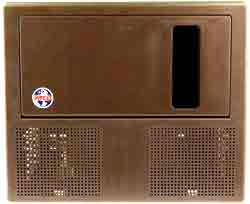
Today I changed out my RV power center. It’s a project I’ve been putting off for years. My class C RV is “vintage” 1993 and requires constant maintenance. The power center is a Magnetek Power+, Model 6345. I’m sure dinosaurs still roamed the earth when this thing was built. The company is long gone and getting parts for it was way more expensive than just replacing the entire thing.
The fan had squealed like a stuck pig for a decade, but finally gave up the ghost a year or so ago. Then, after running the generator, I had to give it a swift kick to get the power to come back on because an old relay was sticking. Well, eventually no amount of kicking would do. So, I did what any red-blooded American would do. I winterized my RV and promised to fix it next spring.
My old beast sat in the driveway taunting me all winter. When spring arrived, my wife nicely mentioned that she would not be going camping with me unless we had power.
So after much research, I purchased a WFCO, WF-8900 Series 45 Amp Power Center Converter Charger from Amazon.
So Many Wires
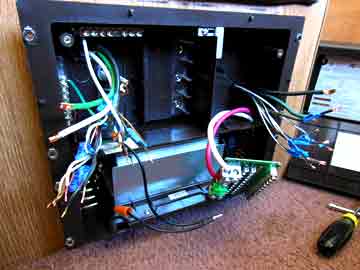
There were so many wires in such a tiny space that it was a bit daunting. But I do have a degree in electronics, and I had a company for twenty years wiring houses for cable, satellite, internet and phone. I just needed to pull on my big boy pants and get it done.
The battery was already disconnected and the RV was unplugged from shore power, so there was no danger of getting shocked.
I wrote a detailed wiring diagram and labeled each wire. There were actually only four AC circuits and seven DC circuits.
I downloaded the wiring diagram of the new power center and had the owners manual. Then, of course, I watched every YouTube® video I could find on the subject.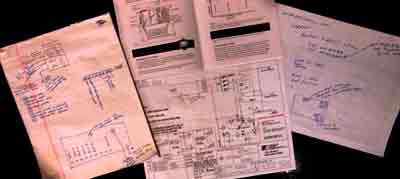
Additional parts were needed
I had to use the circuit breakers from the old power center.
Many people who commented on this device on Amazon® were upset when they found out they needed to install a “ground block” in addition to the wiring connectors included. This, it turns out, was in reference to the ground wires of the DC circuits. During the original install on my old beast, the factory had just twisted the ground wires into a big wad. This is fine but not very classy. Apparently they wire things differently now. Anyway, I did not need the extra parts.
The leftover blue wire!
In the old power center, there was a blue wire in addition to the red and white wires that ran down to the converter in the bottom half of the unit. The original producer of my MagneTec Power + power center is now owned by a company called Paralex. I was able to get a circuit diagram of my old unit from them.
The blue wire runs to that cranky relay that switched the 12 volt power from the generator to the battery. The new power center did not have this blue wire. I was a bit confused, even after watching the YouTube® videos, so I call the manufacturer of my new one. They were helpful but their answer was, “We don’t use the blue wire.” They had more videos on their website.
I went back to the Paralex website and noticed that their new power centers don’t have the blue wire either. I was flummoxed. But then I noted that the new power center had the connections on the DC circuit board that I needed, so I hitched it up and called it good (I hope it’s right).
The Smoke Test
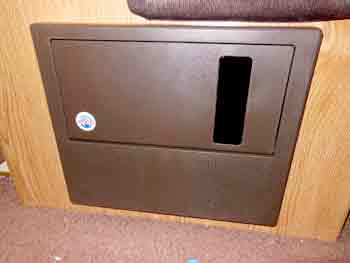
When I worked on electronics in airplanes we would do the smoke test. That’s the first time you turn on the power after rebuilding the avionics panel. You definitely didn’t want to get smoke. For this old RV, the smoke test simply meant connecting the battery and plugging in to shore power.
When I connected the battery there was a shower of sparks then nothing. I had connected the positive and negative wires reversed. How does that happen? They were clearly labeled. Nobody to blame but myself. Luckily that just blew one of the main fuses expressly meant for that reason. They must’ve seen me coming.
So a trip to the auto parts store for a fuse and I tried again. This time everything seemed to work properly. I left the RV connected to shore power all night. The power center didn’t overheat, the battery looks like it’s charged, and the refrigerator got cold. All good things.
Don’t Be Afraid to Do Electrical Repair
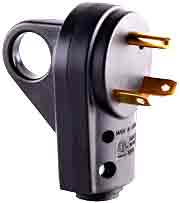 Do your homework. Research the crap out of it until you feel comfortable.
Do your homework. Research the crap out of it until you feel comfortable.
Make sure the power is unplugged then do your best work.
I replaced the 30-amp plug on my shore power cable afterwards, and using the plug shown, it went fine.
See detailed instruction on replacing this plug and cleaning corroded connections on this blog: Melted RV Shore Power Plug How to Avoid Tragedy
One Thing After Another
As with any RV repairs are a constant event. I just found out the rear window is leaking, again! See what else I’ve had to do on this page.
You really need to keep up with maintenance, especially the roof. 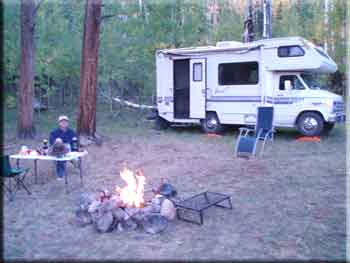
Keep an eye on your roof
Oh, and the tires. Tires time out before they wear out. Here’s more about that.
Learn how to deal with the holding tanks.
If you’re going to be living in your RV over the winter in a humid climate, there are a bunch of things to do.
I love boondocking. Sleeping in a nice warm bed, safe from bears and mountain lions, is one of my favorite things. So to me, it’s worth the hassle of keeping the old beast maintained.
I hope you enjoy your RV as much as I do mine.


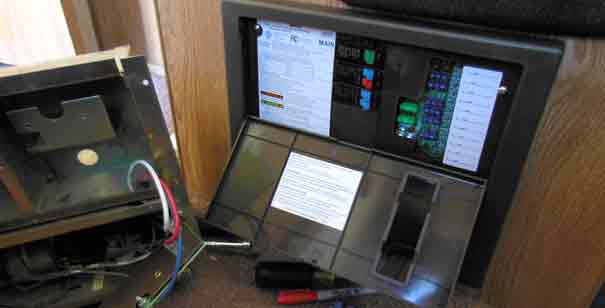

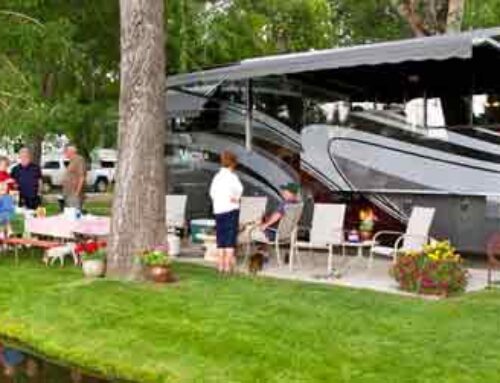
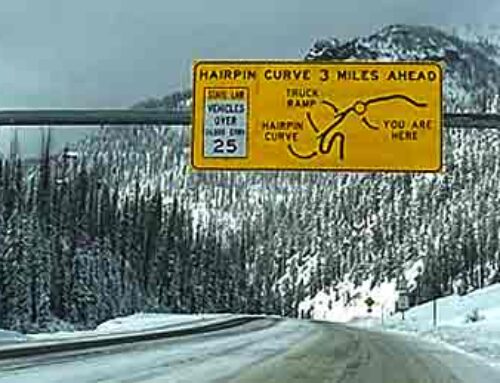
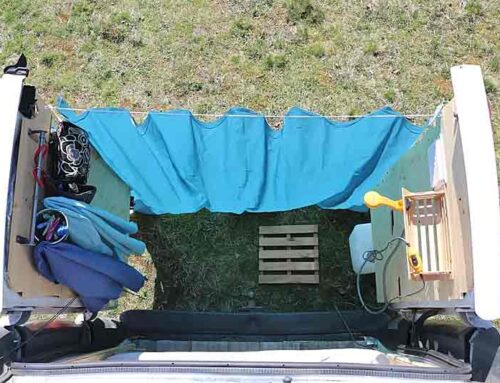
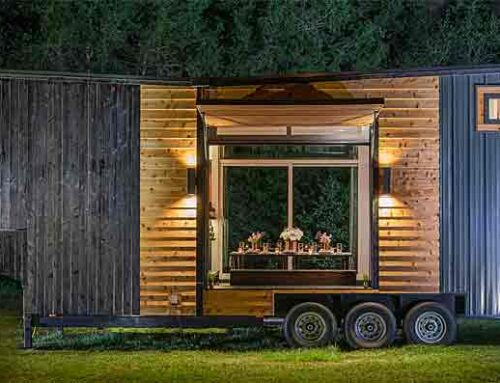
HI Kevin, nice post. I am doing a similar swap out on my RV soon.
Would it be possible to go from a 45amp to a 55amp control center or is that asking for trouble?
Do you currently have a 30 amp RV or a 50-amp RV?
30 amp